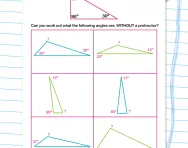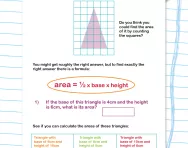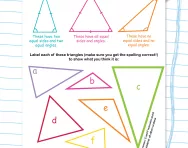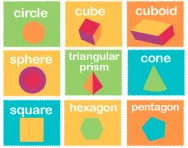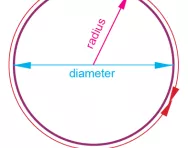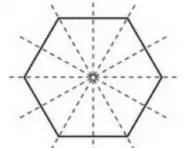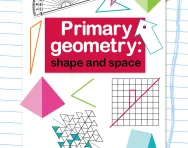Important update from TheSchoolRun
For the past 13 years, TheSchoolRun has been run by a small team of mums working from home, dedicated to providing quality educational resources to primary school parents. Unfortunately, rising supplier costs and falling revenue have made it impossible for us to continue operating, and we’ve had to make the difficult decision to close. The good news: We’ve arranged for another educational provider to take over many of our resources. These will be hosted on a new portal, where the content will be updated and expanded to support your child’s learning.
What this means for subscribers:
- Your subscription is still active, and for now, you can keep using the website as normal — just log in with your usual details to access all our articles and resources*.
- In a few months, all resources will move to the new portal. You’ll continue to have access there until your subscription ends. We’ll send you full details nearer the time.
- As a thank you for your support, we’ll also be sending you 16 primary school eBooks (worth £108.84) to download and keep.
A few changes to be aware of:
- The Learning Journey weekly email has ended, but your child’s plan will still be updated on your dashboard each Monday. Just log in to see the recommended worksheets.
- The 11+ weekly emails have now ended. We sent you all the remaining emails in the series at the end of March — please check your inbox (and spam folder) if you haven’t seen them. You can also follow the full programme here: 11+ Learning Journey.
If you have any questions, please contact us at [email protected]. Thank you for being part of our journey it’s been a privilege to support your family’s learning.
*If you need to reset your password, it will still work as usual. Please check your spam folder if the reset email doesn’t appear in your inbox.
What are equilateral, scalene, isosceles and right-angled triangles?
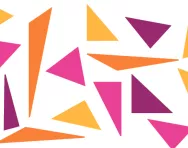
What is a triangle?
A triangle is a polygon with three sides and three angles. It is a 2D shape.

When do children learn about triangles in primary school?
Children begin learning about 2D shapes in Year 1, where they learn to recognise and name circles, triangles, squares and rectangles.
In Year 2, children will learn how to describe the properties of 2D shapes; for example, they will be able to say of a triangle: ‘It has three sides’.
They will also be asked to recognise line symmetry in shapes; for example, this triangle has a vertical line of symmetry:
In Year 3, children start learning about right angles. For example: they may be given the following shapes and asked to say which have right angles:
Answer: only the first one does.
In Year 4, children will be asked to compare shapes, based on their properties and sizes. For example: they may be asked to put ticks on each of the following shapes that have parallel lines (they will have learnt about parallel lines in Year 3):

Answer: the second and third shapes have parallel lines, triangles cannot have parallel lines.
Children will also learn about acute and obtuse angles, and may be asked to recognise them in shapes, for example they may be asked how many acute and obtuse angles this triangle has:
Answer: the top angle is obtuse (bigger than a right angle) and the bottom two angles are acute (smaller than right angles).
This learning will feed into learning how to classify triangles under the following names:

What is an equilateral triangle?
An equilateral triangle has three equal sides and three equal angles.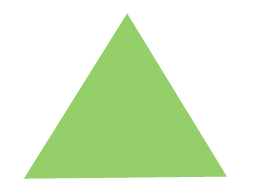
What is a scalene triangle?
A scalene triangle's three sides are all unequal.
What is an isosceles triangle?
An isosceles triangle has two equal sides and two equal angles.
What is a right-angled triangle?
A right-angled triangle has an angle that measures 90º.
In Year 5, children continue their learning of acute and obtuse angles within shapes.
In Year 6, children are taught how to calculate the area of a triangle. There is a basic formula for this, which is:
base x height
__________
2
This means that you multiply the measurement of the base by the height, and then divide this answer by 2.
For example, this dark green triangle has a base of 6cm and a height of 4cm. We multiply these to make 24cm and then divide this by 2 to make the area which is 12cm². (If we didn't divide by 2 we'd be calculating the area of a rectangle, represented below by the total green area.)

Children in Year 6 also move onto finding unknown angles in triangles.
They are taught that the internal (inside) angles of a triangle always total 180º. They may be given a diagram like this (not drawn to scale):
The child would need to work out that the two angles shown equal 70º. Therefore, for the three angles to total 180º, the third angle must be 110º.


